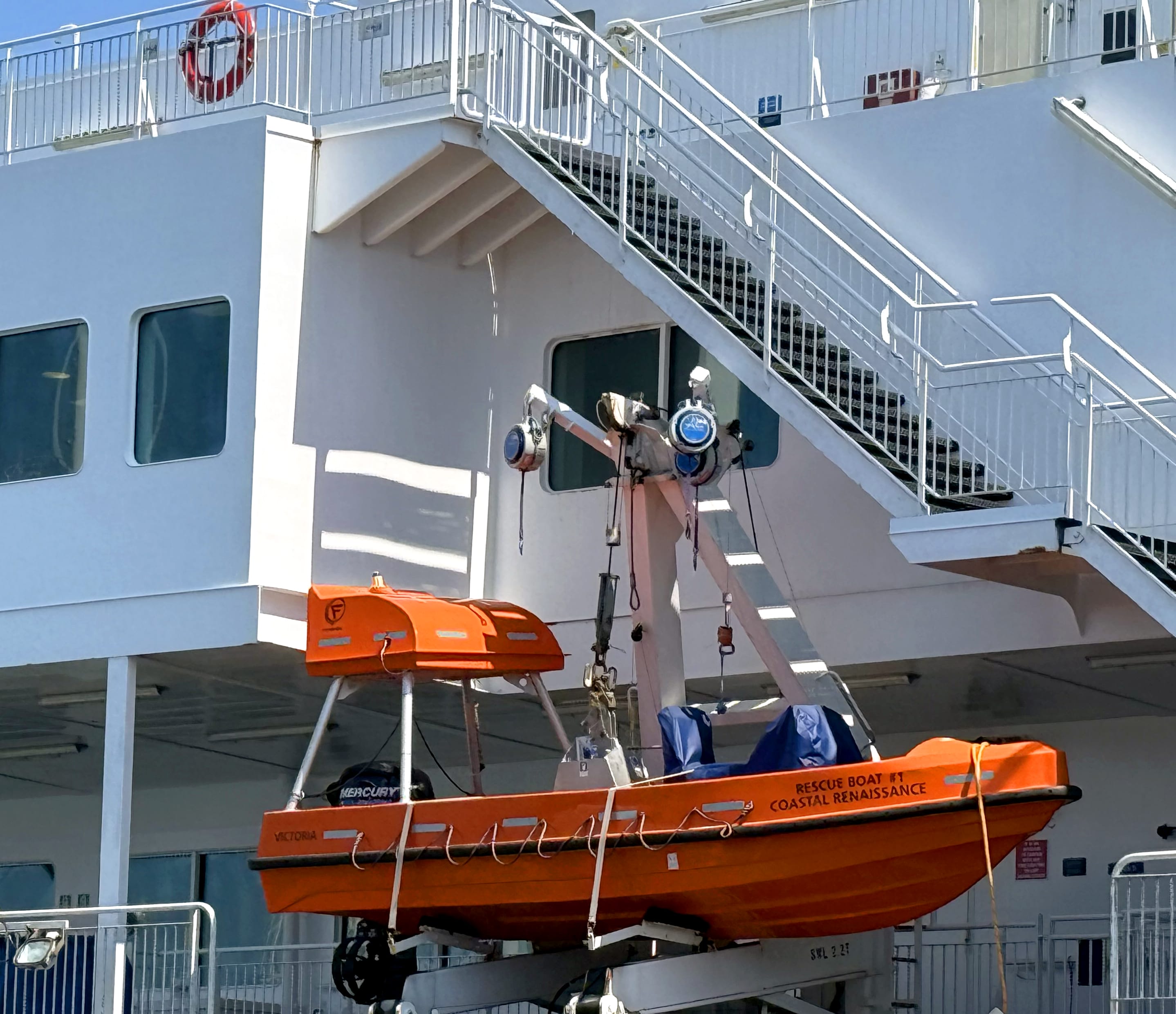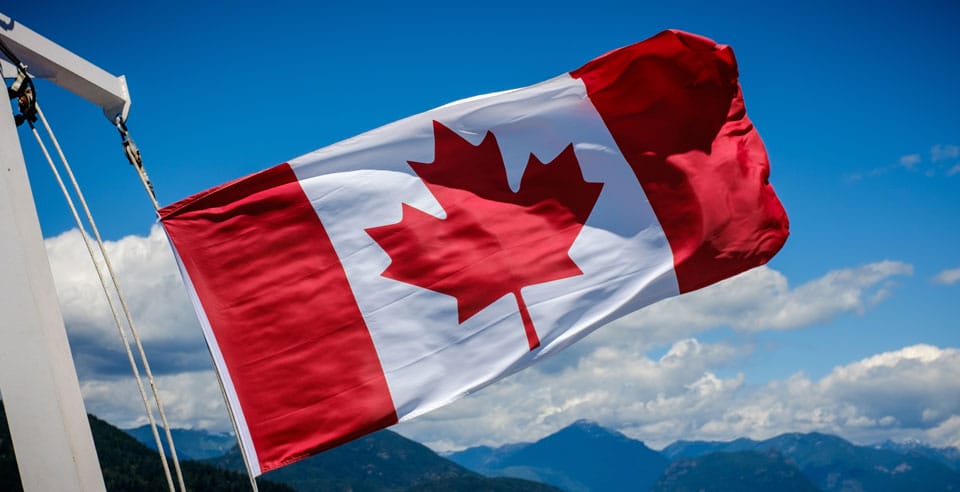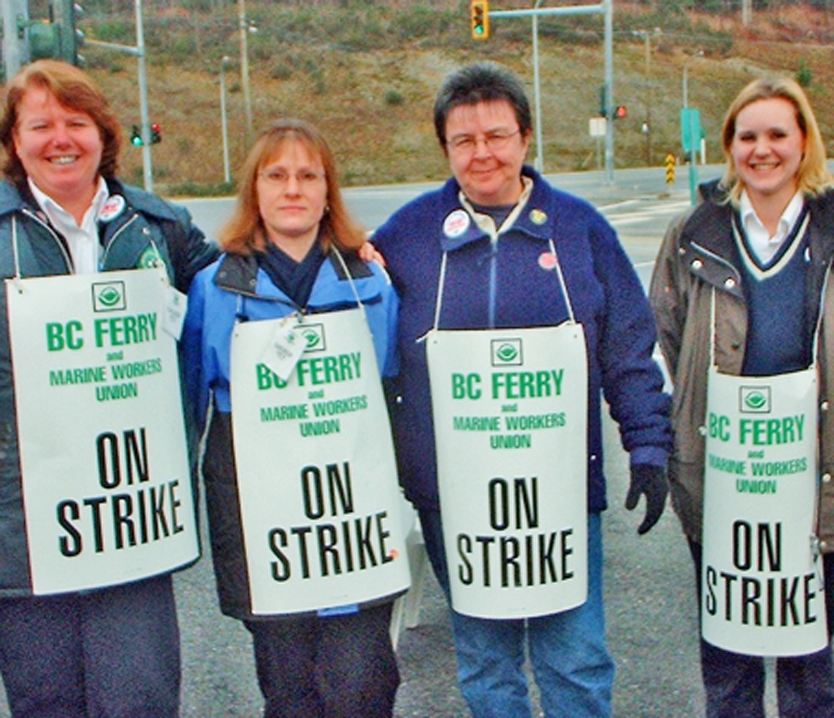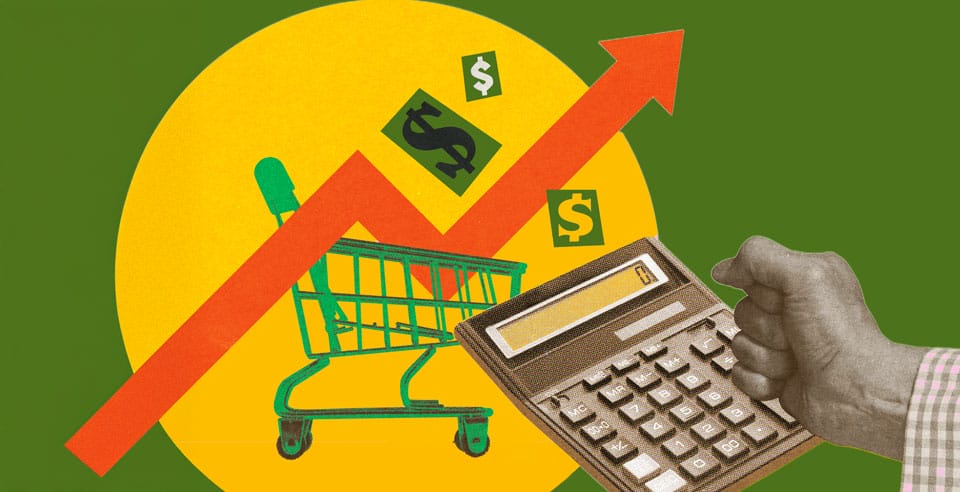
How long does bargaining take?
There’s no set timeline. Some rounds wrap up in a few months. Others take longer. It depends on how far apart the two sides are, how much progress we make at the table, and how willing the employer is to bargain in good faith. We’ll go article by article, trying to reach agreement. Some issues move fast. Others take time, especially wages, benefits and working conditions. We’ll keep members updated as things move. Your support matters every step of the way. The more united we are, the faster we can get to a fair deal.
What’s the difference between a grievance and bargaining?
A grievance deals with how the existing contract is applied; it’s about enforcing rights we already have. Bargaining is about improving the contract for the future. Both are important tools for protecting and advancing members’ interests.
What’s in a bargaining package?
Usually packages of language proposals, monetary or both from each side. Together they can cover everything from wages and benefits to safety, scheduling and time off. The union’s packages are built from what members have told us matters most. Once both sides exchange packages, we begin negotiating article by article.
Why can’t you share details of the proposals?
Bargaining is a strategic process. Some details can strengthen our position if kept at the table until the right time. Sharing everything too soon can give the employer a heads-up on our next moves or open the door to misunderstandings. We’ll update members when the timing protects our leverage and supports our goals.
Why does solidarity matter in bargaining?
Solidarity is our greatest strength. When members stick together, the employer can’t play groups against each other. Whether it’s workers walking a picket line, refusing unsafe work, or standing behind their bargaining committee, unity delivers results. When we bargain as one voice, we have the power to protect what we’ve won and push for real improvements that benefit everyone. You can back your bargaining team by staying informed, sharing updates with coworkers and standing behind the union in conversations on the job. Every show of unity tells the employer we’re serious and helps your committee push for the best deal.
What does solidarity look like?
Solidarity is the backbone of collective bargaining. When members stick together, employers see a united front and that’s what wins fair agreements. Every act of unity, big or small, shows the employer that we won’t be divided.
- Wearing union pins, buttons or lanyards at work
- Respecting picket lines (ours and other unions’)
- Participating in legal job action when called
- Showing up at local meetings, rallies or info sessions
What does the bargaining team actually do in the room?
Bargaining isn’t a free-for-all. Each side takes turns presenting proposals, usually grouped by article or topic. The other side responds, sometimes with questions, sometimes with counter-proposals. When there’s agreement, that proposal is signed off on. When there isn’t, it stays open for more discussion. Your bargaining team also spends time caucusing. That means stepping out to review the employer’s position, weigh options and plan the next move. Notes are kept on what’s agreed to and where the biggest gaps are. It’s careful, detailed work that can feel slow, but it’s how we build a fair collective agreement, piece by piece. It’s tough work that makes for long days. Kudos to the members who stepped up to serve on the bargaining team and carry this work for all of us.
Why do negotiations sometimes stall?
Talks can stall if the employer won’t move on key issues or if their proposals roll back existing rights. The union’s job is to hold the line and push forward. That can mean taking breaks from the table, bringing in a mediator, or asking members to show visible support. Stalling doesn’t mean nothing is happening. It’s often a sign that we’re fighting for something important.
What is a strike vote?
A strike vote is when members decide whether to give their union the legal authority to call a strike if it becomes necessary. It doesn’t mean we walk off the job right away. What it does is show the employer how strongly members back their bargaining committee. A strong “yes” vote gives the bargaining team leverage because the employer knows we’re prepared to act. The committee’s goal is always to reach a fair deal at the table. A strike only happens after all the legal steps are complete, the committee decides it’s necessary and the employer and labour board are given notice.
What does good faith mean in bargaining?
Both the union and the employer are legally required to bargain in good faith. That means showing up ready to negotiate, listen to proposals, give real responses and make a genuine effort to reach an agreement. Good faith doesn’t mean either side has to agree to something they don’t want. But it does mean you can’t just stall, ignore issues, or hide behind empty promises.
Why does contract language matter so much?
When rights and protections are written into the collective agreement, they’re enforceable. A promise can be broken and a policy can be changed. Without the right language in the collective agreement, violations can’t be grieved and management can’t be held accountable. Policies or commitments can be rewritten at any time. That’s why your bargaining committee focuses on getting clear, enforceable language into your agreement. Solid contract language will protect members today and for years to come.
An example of collective agreement language that seems straightforward at first glance is Article 17.07 – Graveyard Shifts in the BC Ferries Collective Agreement. The article states that no employee shall be required to work more than six graveyard shifts in an 18-day period. In practice, though, there are situations where this clause doesn’t apply. One example is at terminals with dedicated graveyard shifts. This arrangement developed over time through established practice and confirmed correspondence between the union and the employer.
What does it mean to move to mediation?
Mediation is a normal part of collective bargaining that may happen at anytime during bargaining. Either side can ask a neutral third party, a mediator, to step in and help find common ground. It means the parties have reached a point where having an experienced facilitator can help keep discussions focused and productive. A mediator doesn’t take sides. Their job is to focus discussions, push both parties to clarify their positions and help break logjams on issues like fair pay, equity and enforceable contract language. Mediation can add structure and pressure to talks, helping the union and employer come to agreement sooner.





 The wage reopener decision fell short, and our members are feeling it. In a recent article in The Tyee, President Eric McNeely lays out the facts. The decision awarded just 1.65 per cent for 2025, which is below inflation and well behind other public sector settlements. Over the life of this contract, BC Ferries workers will receive a 13.4 per cent increase, compared to 18 to 19 per cent for comparator groups and 24.6 per cent average wage growth across B.C. That’s a real wage loss. It doesn’t reflect the essential work our members do.
The wage reopener decision fell short, and our members are feeling it. In a recent article in The Tyee, President Eric McNeely lays out the facts. The decision awarded just 1.65 per cent for 2025, which is below inflation and well behind other public sector settlements. Over the life of this contract, BC Ferries workers will receive a 13.4 per cent increase, compared to 18 to 19 per cent for comparator groups and 24.6 per cent average wage growth across B.C. That’s a real wage loss. It doesn’t reflect the essential work our members do.